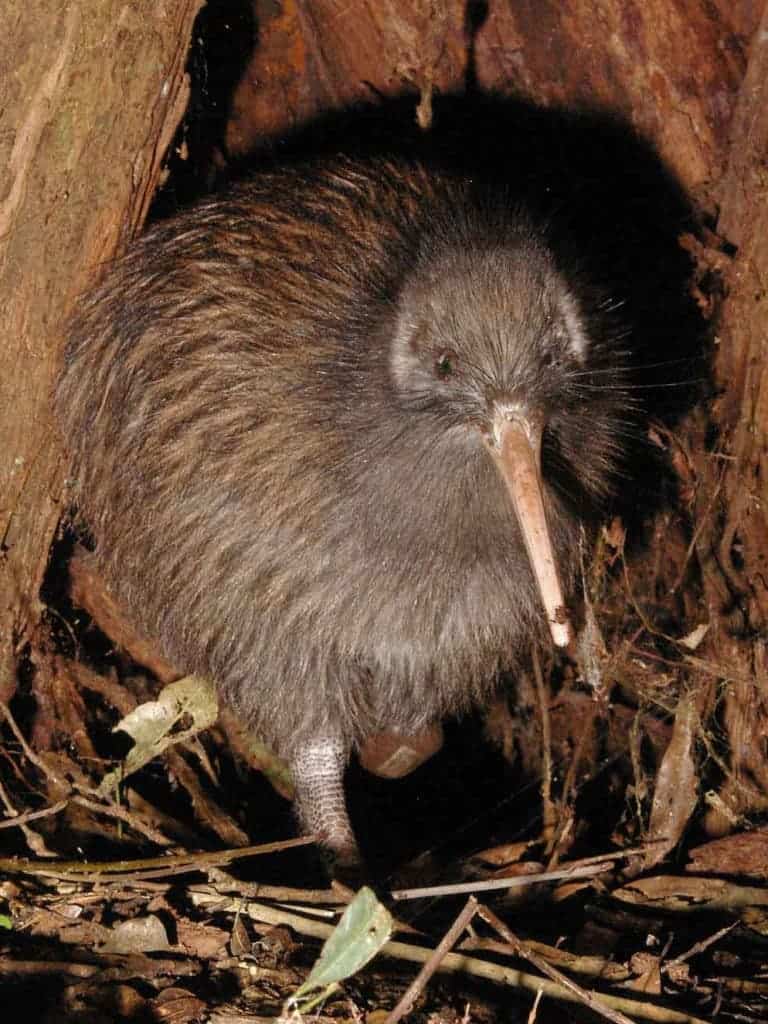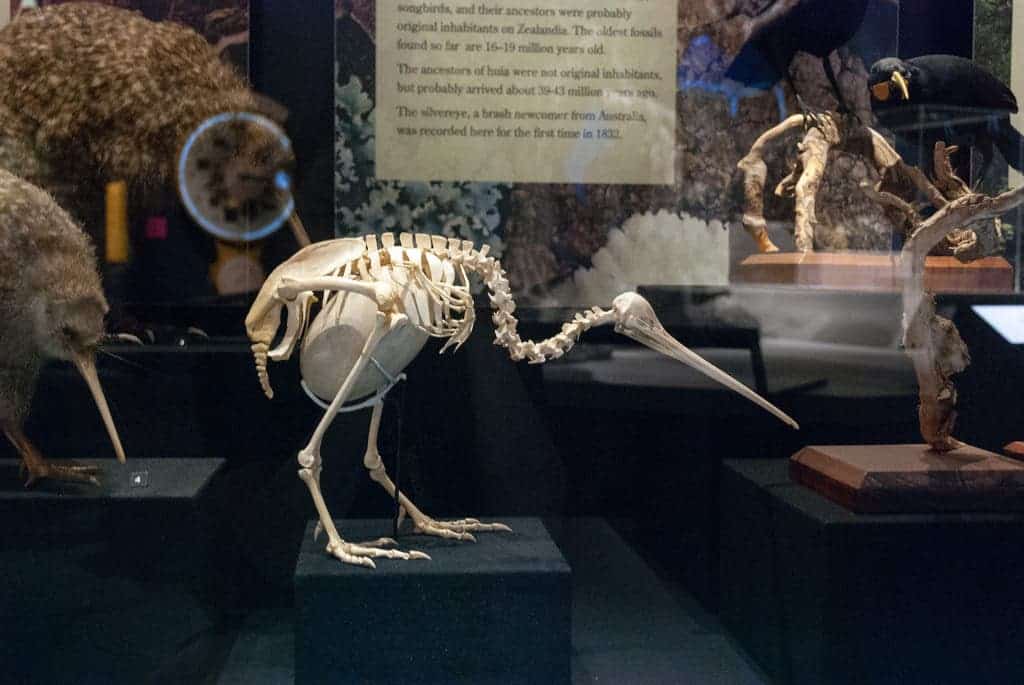Kiwi Can Fly or Not
Kiwi birds are unique in a lot of interesting ways. For starters, they are only found in New Zealand and cannot fly. But that is just the beginning, they have many traits that are not found in any other bird. There are five different species of kiwi and, unfortunately, most of them are endangered to some degree.
Not a flying bird
Kiwi are only found in New Zealand and are part of the group of ratites, which includes ostriches and emus, and are actually the smallest members of the group. For comparison, they are about the same size as a chicken. Though it was expected that the kiwi would be more closely related the moa (extinct), which also lived in New Zealand, they actually are much more closely related to the elephant birds of Madagascar (also extinct). It is hypothesized that the kiwi's ancestor was able to fly and reached New Zealand separately from moas. Once on the island, it lost its ability to fly and eventually became the kiwi bird known today. Actually, the Latin genus name of kiwi birds, Apteryx, is based on their inability to fly. The "a-" means "without" and "pterux" means "wing". They do have very tiny, vestigial wings, but you can barely see them and they aren't any help with levitation.

Some special features
Kiwi have feathers that look like hair and very strong, muscular legs. They rule the ground instead of the air. They can smell very well and are the only bird that have nostrils at the end of their beaks, which are quite long. They use their nostrils to sniff out invertebrates and seeds to eat. They can use just smell to detect food.
Kiwi birds are quite shy and usually only come out at night. Kiwi can live a long time, between 25 and 50 years. Once a male and female bond they spend their whole lives as a monogamous couple. During the mating season, they call to each other at night, and meet each other about every three days in the nesting burrow. Kiwi live in forests, scrublands, and grasslands. They sleep in burrows, hollow logs, or in the middle of dense vegetation. They are very territorial and defend their territory against other kiwi. Another weird fact is that, according to the San Diego Zoo, kiwi have the lowest body temperature of any bird, 38 °C (100 Fahrenheit).

The females carry huge eggs for their body size. A female can carry an egg up to one-quarter of their body weight. As mentioned before, the kiwi is about the same size as a chicken but its egg is actually six times as large as a chicken's egg. The reason for this is that the kiwi bird doesn't have to fly so there aren't any constraints on its weight. It doesn't need to be aerodynamic. Kiwi also has marrow in their bones, like humans, which also makes them heavier. The female has to eat three times as much as usual to help the egg develop. Right before the egg is laid she can't eat anything because the egg presses against her stomach, leaving no room for food. Tthe chicks hatch pretty much developed; they have feathers already and fend for themselves right from the get-go. However, they take between three and five years to grow to their full size.
The different species of kiwi
There are five different species of kiwi that live around the islands of New Zealand.
- The great spotted kiwi, Apteryx haastii, is the largest species. In most other species, only the male incubates the egg, but great spotted kiwi mothers and fathers both incubate their eggs.
- The little spotted kiwi, Apteryx owenii, is the smallest species. It is now extinct on mainland New Zealand because pigs, stoats, and cats have killed them. Now they just live on a few islands; about 1400 are left on Kapiti Island. They have been introduced to other predator-free islands where they are establishing themselves.
- The Okarito kiwi, Apteryx rowi, was named a separate species in 1994 and is slightly grey coloured. It lives on a small patch of land on the west side of New Zealand's south coast. Most kiwi species lay one egg, but these lay up to three a season, each in a different nest and both parents incubate the eggs. They are the rarest kiwi species, with just 450 left in the wild
- The southern brown kiwi, Apteryx australis, lives on the South Island. There are three different subspecies that are recognized. They like living in the mountains and are also extremely rare.
- The North Island brown kiwi, Apteryx mantelli, is the most common kiwi. It has survived because it can adapt to a wide variety of habitats. Females usually lay two eggs.

Threats to kiwi
All kiwi species are endangered. On average, twenty-seven (out of a total of 70,000) die each week. They have been affected most by deforestation and invasive mammals. Before humans came to New Zealand, the only mammals on the island were bats and seals. Therefore, birds and insects filled most of the ecological niches. The kiwi never had to worry before about predators before, but now since it cannot fly, and lays its eggs on the ground, it is pretty defenseless against invasive mammals such as rats and stoats. Stoats kill a lot of the fledglings, while dogs kill a lot of adult birds, usually by accident, because they are quite delicate.

In New Zealand now, there are a number of programs to try to help kiwi populations. First, is the ambitious plan to eradicate all invasive vertebrate predators from New Zealand by 2050. With no more invasive pests, the kiwi populations could again flourish, as they did before the predators were introduced. Another initiative is Operation Nest Egg, in which kiwi eggs and hatchlings are removed from their nests and reared in captivity and released when they are large enough to defend themselves against predators. This has been successful because normally, only 5-15% of kiwi chicks survive past being 100 days old. Kiwi raised in captivity are much more likely to survive to adulthood. When they weigh more than a kilogram they can protect themselves from stoats and other predators.
Source: https://www.zmescience.com/ecology/animals-ecology/animal-files-kiwi-birds-one-unique-birds/